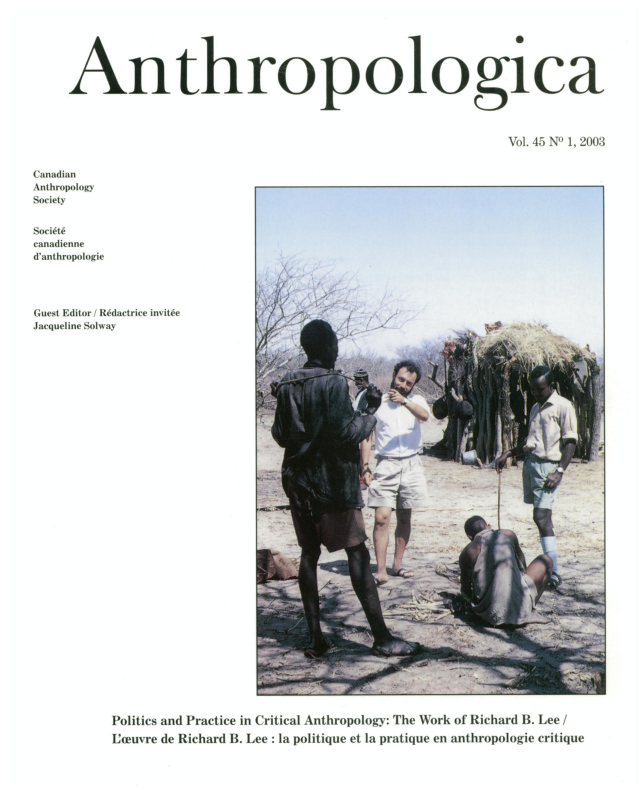Upside-Down and Backwards: Time Discipline in a Canadian Inuit Town
Abstract
Time discipline is a potent, but often hidden social force. This paper considers issues of time discipline and temporal regulation in a small Canadian Inuit community, and examines the techniques by which time discipline is enacted and enforced. In the recent past, it was common for people in Inuit communities north of the Arctic Circle to become turned-around or "backwards" in their temporal orientation during mid-winter and mid-summer. New local norms of time discipline have marginalized this practice. Furthermore, current local norms support adherence to an arbitrary clock time, that while consistent with traditional values in favour of industry and activity, tend to discourage participation in traditional subsistence activities.
Downloads
Publication Facts
Reviewer profiles N/A
Author statements
- Academic society
- Canadian Anthropology Society
- Publisher
- University of Victoria
Downloads
Published
How to Cite
Issue
Section
License

This work is licensed under a Creative Commons Attribution-NonCommercial 4.0 International License.
Authors contributing to Anthropologica agree to release their articles under the Creative Commons Attribution-Noncommercial 4.0 Unported license. This licence allows anyone to share their work (copy, distribute, transmit) and to adapt it for non-commercial purposes provided that appropriate attribution is given, and that in the event of reuse or distribution, the terms of this license are made clear.
Authors retain copyright of their work and grant the journal right of first publication.
Authors are able to enter into separate, additional contractual arrangements for the non-exclusive distribution of the journal's published version of the work (e.g., post it to an institutional repository or publish it in a book), with an acknowledgement of its initial publication in this journal.



